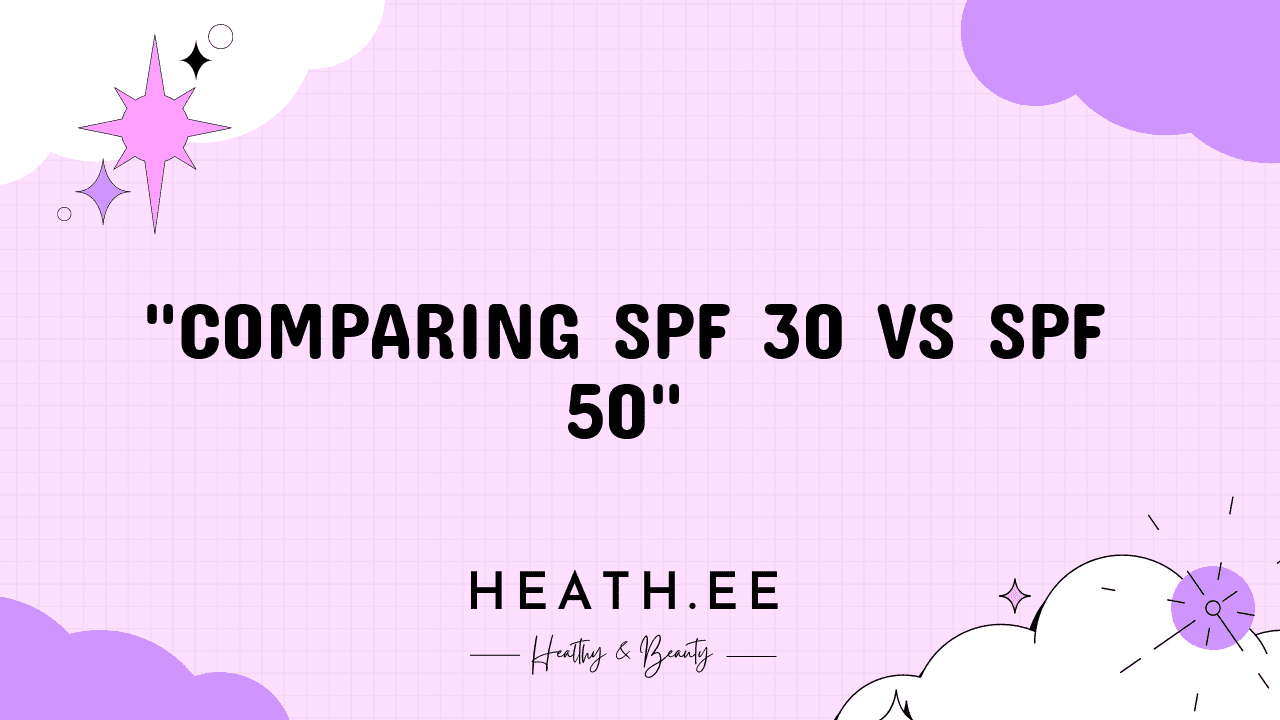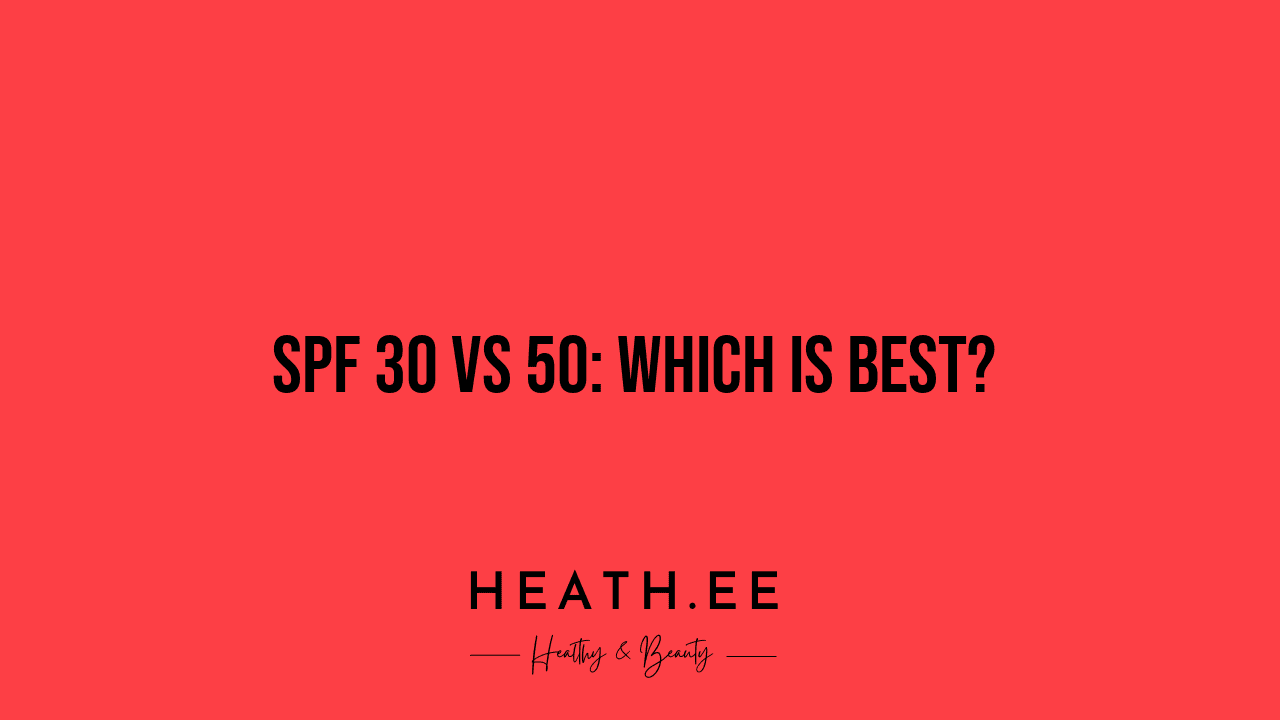When it comes to protecting your skin from the sun, it can be difficult to know which sunscreen to choose. With so many different SPF ratings on the market, it can be hard to know which one is right for you. In this blog post, we’ll be taking a look at the differences between SPF 30 and SPF 50, and which one you should choose for your own skin.
What is SPF?
SPF stands for Sun Protection Factor, and it’s a measure of how well a sunscreen protects your skin from the sun’s UV rays. The higher the SPF number, the more protection it provides. SPF 30 and SPF 50 are two of the most popular SPF ratings on the market, and they both offer excellent protection from the sun’s harmful rays.

What is the Difference Between SPF 30 and SPF 50?
The difference between SPF 30 and SPF 50 is relatively small. SPF 30 blocks 97% of UVB rays, while SPF 50 blocks 98%. This means that SPF 50 offers slightly more protection than SPF 30, but the difference is minimal.
How Do I Know Which SPF Rating to Choose?
The best way to determine which SPF rating is right for you is to consider your skin type. If you have fair skin, you should opt for an SPF of at least 30. If you have darker skin, you can get away with an SPF of 15. However, it’s always best to err on the side of caution and choose an SPF of 30 or higher.

What is the Difference Between Chemical and Physical Sunscreens?
When it comes to sunscreen, there are two main types: chemical and physical. Chemical sunscreens contain ingredients like oxybenzone and avobenzone, which absorb UV rays and convert them into heat. Physical sunscreens, on the other hand, contain ingredients like zinc oxide and titanium dioxide, which reflect UV rays away from the skin. Both types of sunscreen are effective, but physical sunscreens are often preferred because they don’t contain any potentially harmful chemicals.
What Are the Benefits of SPF 30 and SPF 50?
Both SPF 30 and SPF 50 offer excellent protection from the sun’s harmful UV rays. SPF 30 is a good choice for people with fair skin, while SPF 50 is a better choice for people with darker skin. In addition, both SPF ratings offer protection from UVA and UVB rays, which can cause skin cancer and premature aging.
What Are the Disadvantages of SPF 30 and SPF 50?
The main disadvantage of SPF 30 and SPF 50 is that they can be difficult to apply evenly. It’s important to make sure that you apply sunscreen evenly and generously, as this will ensure that you get the full protection of the SPF rating. In addition, both SPF ratings can be difficult to wash off, so it’s important to use a gentle cleanser or oil to remove the sunscreen.
How Often Should I Reapply Sunscreen?
It’s important to reapply sunscreen every two hours, or more often if you’re swimming or sweating. This will ensure that you’re getting the full protection of the SPF rating. In addition, it’s important to choose a sunscreen that is water-resistant, as this will ensure that it won’t wash off easily.
Conclusion
When it comes to choosing the right sunscreen, it’s important to consider your skin type and the SPF rating. SPF 30 and SPF 50 both offer excellent protection from the sun’s harmful UV rays, but SPF 50 is a better choice for people with darker skin. In addition, it’s important to apply sunscreen generously and evenly, and to reapply it every two hours or more often if you’re swimming or sweating. With the right sunscreen and the right application, you can protect your skin from the sun’s harmful rays.



